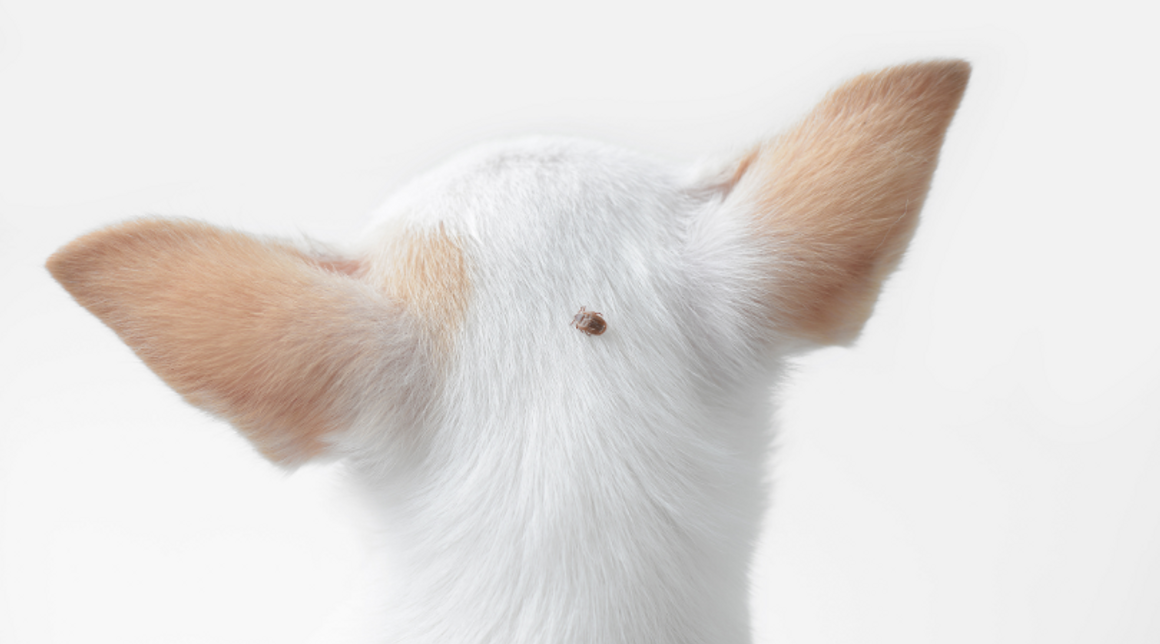Natural Tick Prevention and Care for Your Dog
Posted by Jewel on Apr 29, 2024
Ticks are not only a nuisance but can also pose significant health risks to your dogs, such as lyme disease, rocky mountain spotted fever, colorado tick fever and other infections. Here are some natural methods to prevent tick infestations and what to do if you find a tick on your dog.
Natural Tick Prevention:
- Give Colloidal Silver - Silver given regularly as a daily prevention can kill pathogens that are in the body and sprayed on after a tick removal can eliminate these bacteria the ticks carry.
- Essential Oils: Certain essential oils, such as geranium, specifically the species, Pelargonium graveolens also some others are effective as well such as lavender, peppermint, lemongrass, and cedarwood, are known for their tick-repelling properties. You can create a homemade tick repellent by diluting a few drops of these essential oils in a carrier oil (like almond or coconut oil) and applying it to your dog’s collar or a bandana. Be sure to dilute properly as essential oils can be potent.
- Apple Cider Vinegar: Adding a teaspoon of apple cider vinegar per quart of your dog's drinking water can make your dog less appealing to ticks. The slight acidity helps deter ticks and fleas. Also you can use ACV as a spray. Diluted with water or colloidal silver and spray on the legs and underbelly before going outside.
- Diatomaceous Earth: Food-grade diatomaceous earth can be lightly dusted on your dog’s body, focusing on areas around the neck, behind the ears, and under the legs. It acts as a natural desiccant, drying out and killing ticks on contact.
- Regular Grooming: Brushing your dog regularly and bathing them with a natural tick-preventive shampoo can help remove any ticks before they attach.
- Tick-Proofing Your Yard: Keep your lawn trimmed and clear of high grass and brush where ticks may reside. Consider planting tick-repelling plants like lavender, garlic, and rosemary around your yard.
What to Do If a Tick Attaches:
- Safe Removal: If you find a tick on your dog, use fine-tipped tweezers to grasp the tick as close to the skin's surface as possible. Pull upward with steady, even pressure. Do not twist or jerk the tick, as this can cause the mouth-parts to break off and remain in the skin. After removing the tick, thoroughly cleanse and treat the bite area with colloidal silver, as well as a your hands with an iodine scrub, or soap and water.
- Save the Tick: If you live in a area where lyme disease is an issue. After removal, save the tick in a jar or zip-lock bag. You can show it to your vet for identification and testing if your dog becomes symptomatic.
- Monitor Your Dog: Keep an eye on the bite site for signs of infection. If you notice significant redness, swelling, or your dog seems unwell, contact your veterinarian.
- Tick Identification: Knowing the type of tick can help your vet determine the risk of disease. For instance, deer ticks can transmit Lyme disease.
By incorporating these natural prevention methods and knowing how to respond if a tick does attach, you can help keep your dog safe and healthy during tick season.








